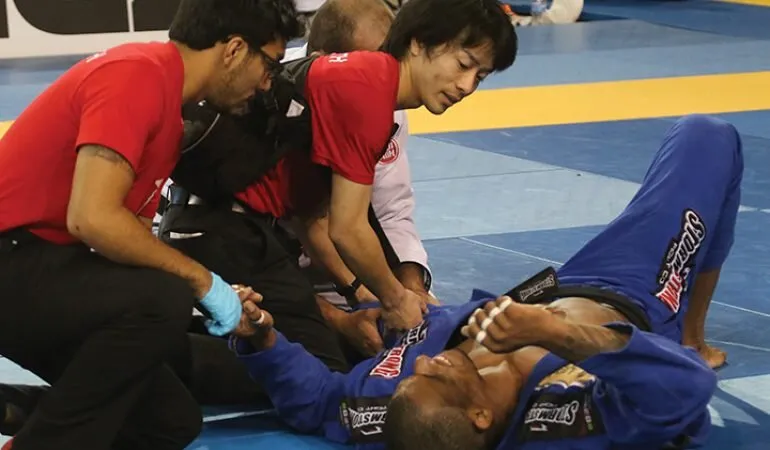Injuries in BJJ: The Hidden Roadblock to Progress
Injuries.
Few things hinder our progress in Brazilian Jiu-Jitsu as much as they do.
There’s no secret — to get better at BJJ, you need to spend as much time as possible on the mats.
But here’s the catch:
More time on the mats = More risk of injury.
And when an injury happens, it often means weeks — or even months — away from training.
Our “arte suave” isn’t always that suave.
In fact, it can be brutal, especially on the joints.
💥 Why Do Injuries Happen?
Let’s break it down:
In BJJ, the stress applied to our bodies — whether from an opponent or our own force — often exceeds what our joints can handle.
It’s simple math:
STRESS > CAPACITY = INJURY
When that happens, our first thought is usually:
“How fast can I heal and get back on the mats?”
We focus entirely on the symptoms, rush through rehab, and return to training…
Only to risk falling into the same cycle again.
🤔 What If We Looked at It Differently?
Instead of only focusing on healing the symptoms, what if we addressed the cause?
What if the injury wasn’t just bad luck, but a reflection of your joint’s limited capacity to handle stress?
If that’s the case, then the solution becomes clear:
- Increase the capacity of your joints
- Reduce the risk of injury
CAPACITY >> STRESS = PREVENTION
🦵 Can We Avoid Injuries Completely?
Let’s be honest — 100% injury prevention in a dynamic sport like BJJ is impossible.
The art is unpredictable, fluid, and chaotic.
But here’s the good news:
You can significantly reduce the risk of injuries by building stronger, more resilient joints.
🚑 Why Injury Prevention Matters (Even If It’s Boring)
Let’s face it — injury prevention isn’t the most glamorous topic.
It’s not flashy.
It doesn’t get you highlight reel submissions.
In a culture obsessed with performance and “everyday porrada”, slowing down to focus on injury prevention feels… counterintuitive.
But here’s the truth:
Prevention is what allows you to train harder, longer, and smarter.
It’s not about avoiding risk — it’s about making sure your body can handle it.
✅ So… What Does Effective Injury Prevention Look Like?
That’s the question we’ll dive into in the second part of this series.
We’ll explore:
- How to build joint capacity
- Simple, effective drills you can integrate into your warm-ups
- And strategies for long-term resilience
Because, at the end of the day:
Training today is great. But being able to train 10 years from now? That’s the real win. 👊
Stay tuned for Part 2!
Until then — train smart, stay safe, and respect your body. 💥

